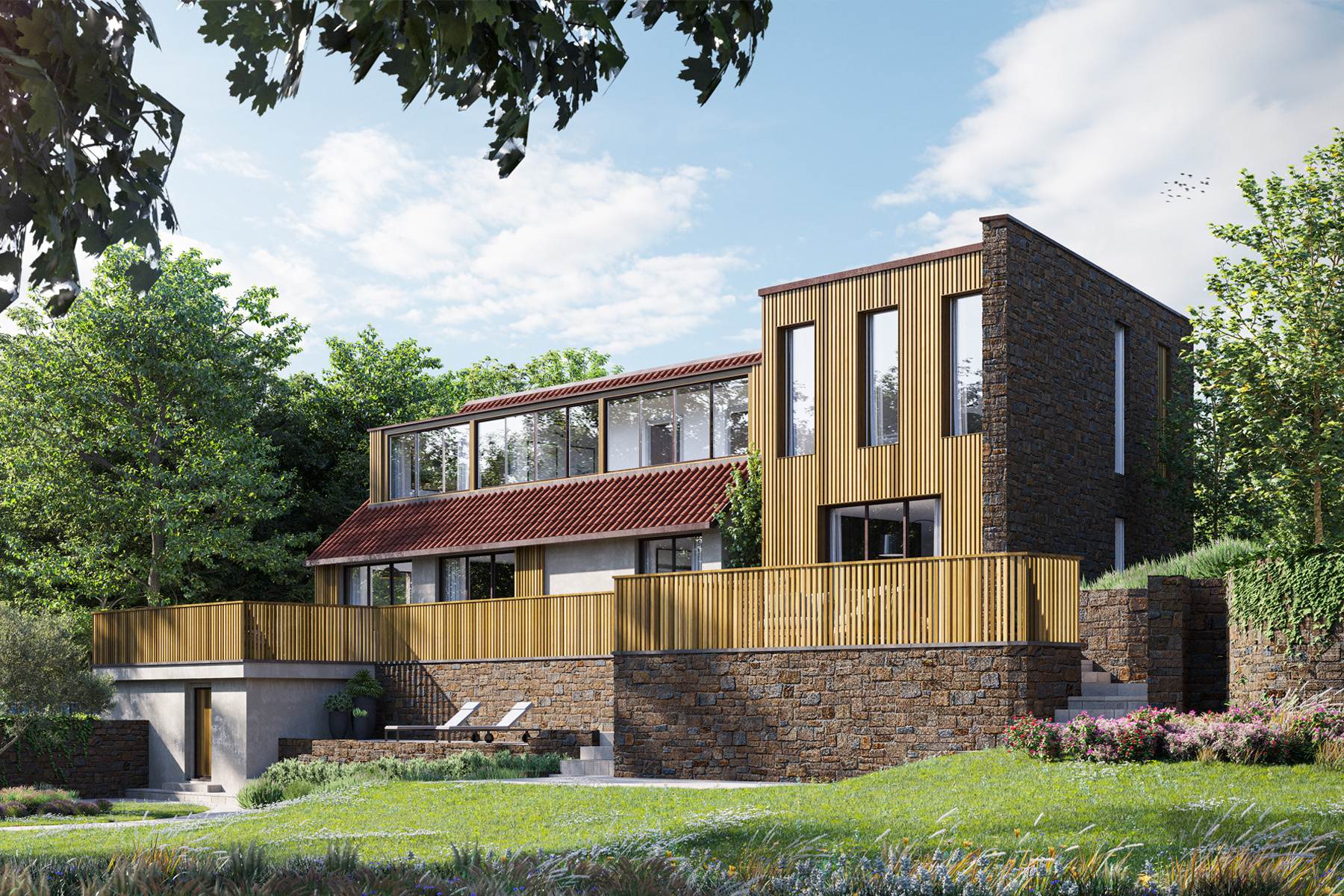WEDGIE DARE HELP (I HAVE AN EVIL FRIEND)
Here are a cornucopia of succulent tips around the subject of Green Belt Architectural Companies.
Architects of green belt buildings design beautiful, healthy, green, sustainable architecture built to the highest possible ecological low energy standards. Their architecture fits sensitively into its surroundings whilst fully responding to the needs and aspirations of their clients. Green belt architects love using natural, healthy, low impact building materials and innovative design solutions to bring out the full potential of every project. They understand the importance of good communication and the value of sharing ideas. We can and should be building new homes and protecting the green spaces that are vital for people and the environment. It is not a question of âÂÂeither/orâÂÂ. Over many decades of combined practice, the architects at green belt architects have built up strong partnerships and relationships with a range of high quality builders, expert consultants and other service providers and professionals who could help with the development of your property. Green infrastructure is important to the successful functioning of urban areas and the relationship to rural areas around them. The Green Belts already make a huge contribution to green infrastructure. Green belt architects provide building services design, training, monitoring and anything else for low energy buildings that will improve the built environment. They strongly believe in disseminating information and specialise in sustainable, low energy design. 
Green belt planning applications which are likely to have significant landscape impacts should include an assessment of the landscape and visual impact of the proposals and this assessment should include an assessment of both the above components (known as a landscape and visual assessment or LVIA). How can we protect best practice developments when land value is high, and the rewards of greenbelt builds would be high? How can we prioritise different sector needs to divide the greenbelt equitably? What are the environmental implications of building on the greenbelt? Green belt architects have worked in the area for long enough to know the areas, their potential and the officers and committees who they will be dealing with. Their connections within the local area mean they know specifically who they'll be dealing with on each project and the opportunities or challenges of that area. Wherever possible, new dwellings which have a proven need to be in the Green Belt should be built within an existing settlement or other group of buildings. If either of these is not possible, then the new dwelling should be within the curtilage of the source of employment, preferably adjacent to existing groups of buildings. Clever design involving New Forest National Park Planning is like negotiating a maze.
Checking Unrestricted SprawlFew would dispute that the protection of scenic English countryside from visual erosion of development is a good thing. But the planning system offers this protection through designations including Areas of Outstanding Natural Beauty and Sites of Special Scientific Interest. The consensus within society that led to the creation of the Green Belt is now under stress. Society has changed and its needs are pluralist. When considering the future of the Green Belt it should be self-evident that an institution designed 70-80 years ago is unlikely to be ideal for todayâÂÂs circumstances. The NPPF states that inappropriate development is harmful to the Green Belt. Applicants would need to demonstrate âÂÂvery special circumstancesâ to justify inappropriate development in the Green Belt which clearly outweighs the harm to the Green Belt and any other harm. Green belt architects provide accurate, impartial and cost-effective professional planning advice to ensure their clientâÂÂs planning applications receive a smooth journey through an often expensive and complex planning process. Just because your property may be on Green Belt land, it doesnâÂÂt mean you always need planning permission. Your right to extend your property or put up outbuildings without needing to make an application to your local authority arenâÂÂt restricted in them (they are, however, still restricted in National Parks, Areas of Outstanding Natural Beauty and Conservation Areas). Can Green Belt Planning Loopholes solve the problems that are inherent in this situation?
Green Belts should be designated, and development within them controlled, primarily in relation to meeting the planning policy purposes. However, it is also likely to strengthen the case for new Green Belts if they can be used to protect either a concentration of well-managed and valuable areas of land (such as nature reserves), or can help secure natural and active travel connections to important areas of landscape. The design of any new building in the green belt should seek to minimise its scale and bulk in order to reduce its impact upon the appearance of the surrounding landscape. Careful siting and location is critical. Net-zero buildings need to create enough energy through renewable sources to supply the demand of the building. Therefore, when you have a net-zero building, you are basically not adding extra pressure on the national grid to get energy for your electricity and heating. An area of criticism regarding green belts comes from the fact that, since a green belt does not extend indefinitely outside a city, it spurs the growth of areas much further away from the city core than if it had not existed, thereby actually increasing urban sprawl. Obtaining planning consent in the Green Belt is rarely straightforward but it can be done. Your application will involve a sensitive approach to the Green Belt setting, high architectural value and an understanding of what it is that the local planning authority values and is trying to protect. An understanding of the challenges met by Architect London enhances the value of a project.
Effects On OpennessThe classic way of finding a self-build plot is to buy an existing property and replace it with a larger one. This is why you sometimes see very small, shabby bungalows in terrible condition being sold for large amounts: because they are bought as building plots, sometimes by over-optimistic buyers who havenâÂÂt checked out the planning situation. The magic thread that runs through green belt architecture is you. Understanding, interpreting and formulating a solution that responds to your unique circumstances is an architect's vital starting point. Designing, renovating, or extending your home is a daunting process, especially if you live in the green belt. Whether you are adapting your home to your family's changing needs, modernising your home to match your style, or improving your home to be more efficient and healthy, you need an experienced team to help you achieve your vision. The scale and siting of new development in the green belt should reflect and respect the character and amenity of the existing group and the individual houses within the group. The existing housing group should not expand (including cumulatively) by more than 100% the number of houses existing in that group. The objective of defining a conservation area is to provide for the preservation and enhancement of the special interest of the place. The intention is not to stifle change, but to monitor and provide positive management of these unique areas. Taking account of GreenBelt Land helps immensely when developing a green belt projectâÂÂs unique design.
The world around us is changing immeasurably and green belt architects feel that architecture shouldnâÂÂt follow whimsical trends or fashions, but rather push the boundaries of design to create an elegant, timeless and invigorating built environment. Achieving net zero carbon is the greatest challenge facing the construction industry today. It is a complex, multifaceted issue: meeting net zero targets will require new forms of technical expertise, imaginative uses of materials, as well as radical new approaches to design, construction and how buildings work within a community. Wherever feasible, green belt architects encourage the creative reuse of existing buildings by enabling their adaptable transformation while respecting each building's past and historical context. Green Belt land is governed by the strictest planning controls that aimed to prevent âÂÂinappropriate developmentâÂÂ. Therefore, before you go any further, you need to know what â if anything â would be considered appropriate development on your plot. For a modest fee, a green belt architect will carry out an expert feasibility assessment that will give you a clear, realistic understanding of what you can do with your plot and lay out the options for you. The development of small scale sites on the edge of existing settlements can represent a sustainable form of development that supports local services and reduces the need to travel. The inclusion of land for residential development on the edge of settlements can also represent an opportunity to 'round off' existing towns and villages within the rural area. Proposals should be of an appropriate scale and form that is proportionate to the size and character of the existing settlement. Designing around Net Zero Architect can give you the edge that you're looking for.
Planning Policy GuidanceIf you are planning to rebuild houses for agriculture and forestry workers; under special circumstances where workers are required to live in a certain place, for animal welfare, for example, buildings can be erected on Green Belt. To many residents, familiar with receiving a letter in the post or spotting a site notice on a lamppost as their first point of involvement in the planning process, the Government proposes a fundamental modernisation of the way in which the public engages in development decisions. Although green belt suggests something visual, appeal decisions and case law tell us that things you canâÂÂt see from the nearest public viewing point â paving, underground storage â are also considered harmful to this openness. So even if your plot is surrounded by dense evergreen trees and can only be seen by drone photography, that doesnâÂÂt mean youâÂÂre not limited by openness. Get more facts regarding Green Belt Architectural Companies on this Wikipedia entry.
Related Articles:Additional Findings With Regard To Architects
Extra Insight About Green Belt Architectural Practices
Extra Insight On Green Belt Consultants
More Background Findings On Green Belt Architects And Designers
Additional Insight On Architectural Designers
More Findings With Regard To Architects
Further Findings On Architects

 | Poll (
| Poll (
